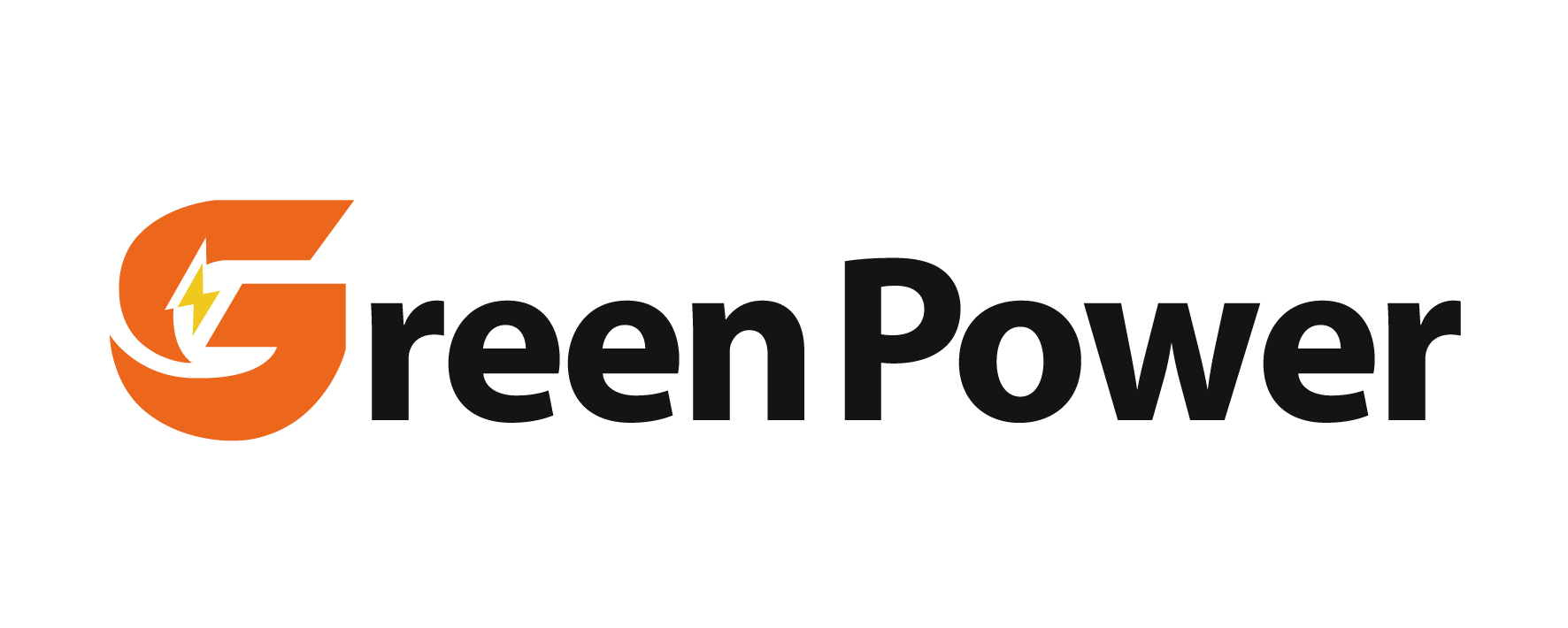energy storage for wind power
Energy storage for wind power represents a critical advancement in renewable energy technology, serving as a vital bridge between intermittent wind generation and consistent power delivery. This sophisticated system captures excess wind energy during peak production periods and stores it for use when wind conditions are less favorable. The technology employs various storage methods, including battery systems, pumped hydro storage, and compressed air energy storage (CAES). Modern wind power storage solutions integrate advanced monitoring systems and smart grid compatibility, enabling real-time response to grid demands. These systems typically feature high-capacity storage capabilities, ranging from megawatt-hours to gigawatt-hours, with rapid response times and minimal energy loss during storage and retrieval. The applications span from grid stabilization and peak load management to providing backup power during periods of low wind activity. Advanced battery management systems ensure optimal performance and longevity, while sophisticated power electronics enable seamless integration with existing grid infrastructure. This technology proves particularly valuable in remote locations and microgrids, where consistent power supply is essential but wind conditions may vary significantly.



